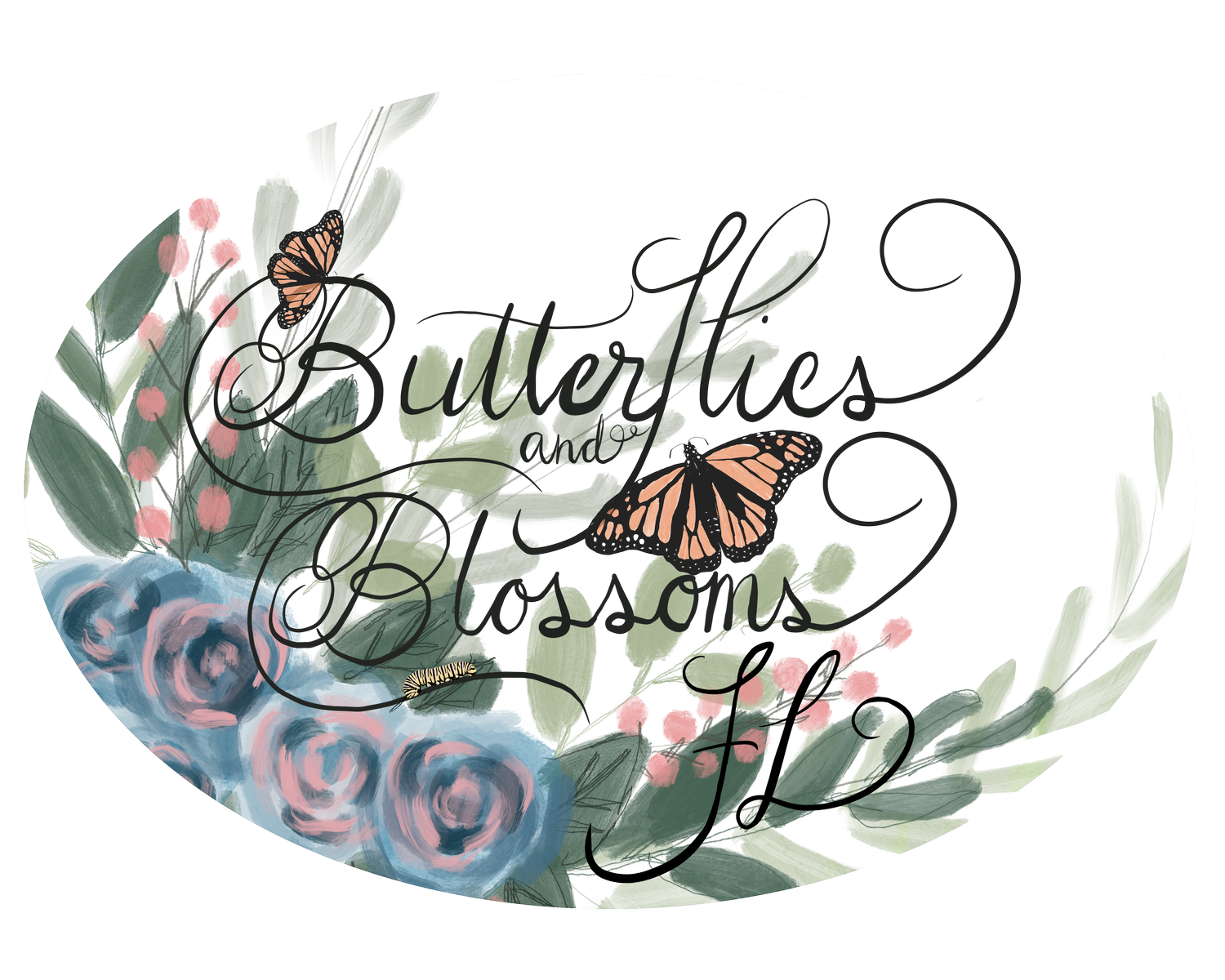Diary of a Gardener Designing Small Courtyard Gardens
Small gardens can be challenging to design, especially courtyard-style spaces with defined borders—house walls, sidewalks, fences—and often unnatural shapes like straight lines and rectangles. Nature doesn’t create perfect rectangles, so integrating free-flowing plants into these rigid spaces can be tricky.
One of the biggest mistakes I see is planting species that naturally want to grow large and expecting them to stay small. A plant that wants to reach 10 feet tall won’t magically remain compact. Another common issue is overcrowding—cramming too many plants into a tiny space, making it feel even smaller and cluttered.
But small gardens can be beautiful, inviting, and functional. I love designing them, and here are a few key tips to help transform your space:
1. Define the Purpose
Decide how you want to use the space. Will it be:
A cozy sitting nook with a bistro table or bench?
A welcoming entryway leading to your home or patio?
A play area for kids or pets?
A planted space purely for visual enjoyment?
A hardscaped area with pavers, pea gravel, or mulch?
Clarifying the function is the foundation of great garden design.
2. Understand the Sun Exposure
Courtyard gardens often have a mix of sun and shade due to nearby structures casting shadows at certain times of the day. Understanding how light moves through the space will help you choose plants that will thrive.
3. Create Dimension with Surfaces and Textures
Use different materials to add depth and interest. Some ideas:
A small patch of turf grass next to a gravel or shell pathway.
Large stones or natural edging to break up the space visually.
Varying heights of plants and focal points to soften a rigid rectangular layout.
If the space lacks natural curves, create them with plants and pathways. Like this:
4. Use Color Thoughtfully
Even if you stick to a green palette, mix different shades and textures to add interest. A monochrome green space can feel flat and uninviting.
5. Choose Appropriately Sized Plants
Opt for plants that naturally stay small—no large shrubs that will overpower the space. Stick to varieties that won’t outgrow the garden’s proportions.
6. Incorporate Small-Scale Features
A bench, stool, small table, potted plants, or a garden ornament can add charm and function without overwhelming the space. One or two well-placed elements make a space feel intentional and cozy—but don’t overdo it.
7. Plan for Irrigation
If you don’t want to water frequently, install an irrigation system or choose drought-tolerant plants suited to your climate.
8. Maintain Regularly
Small gardens grow quickly! Routine pruning and upkeep will keep the space looking beautiful and prevent it from becoming overgrown.
9. Enjoy the Space
Courtyard gardens are like outdoor rooms—an extension of your home. Whether you sit in them, walk through them, or simply admire them, they should bring joy.
If you’re unsure how to make the most of your courtyard or small garden, book a consultation for guidance.
And remember—always keep growing.


